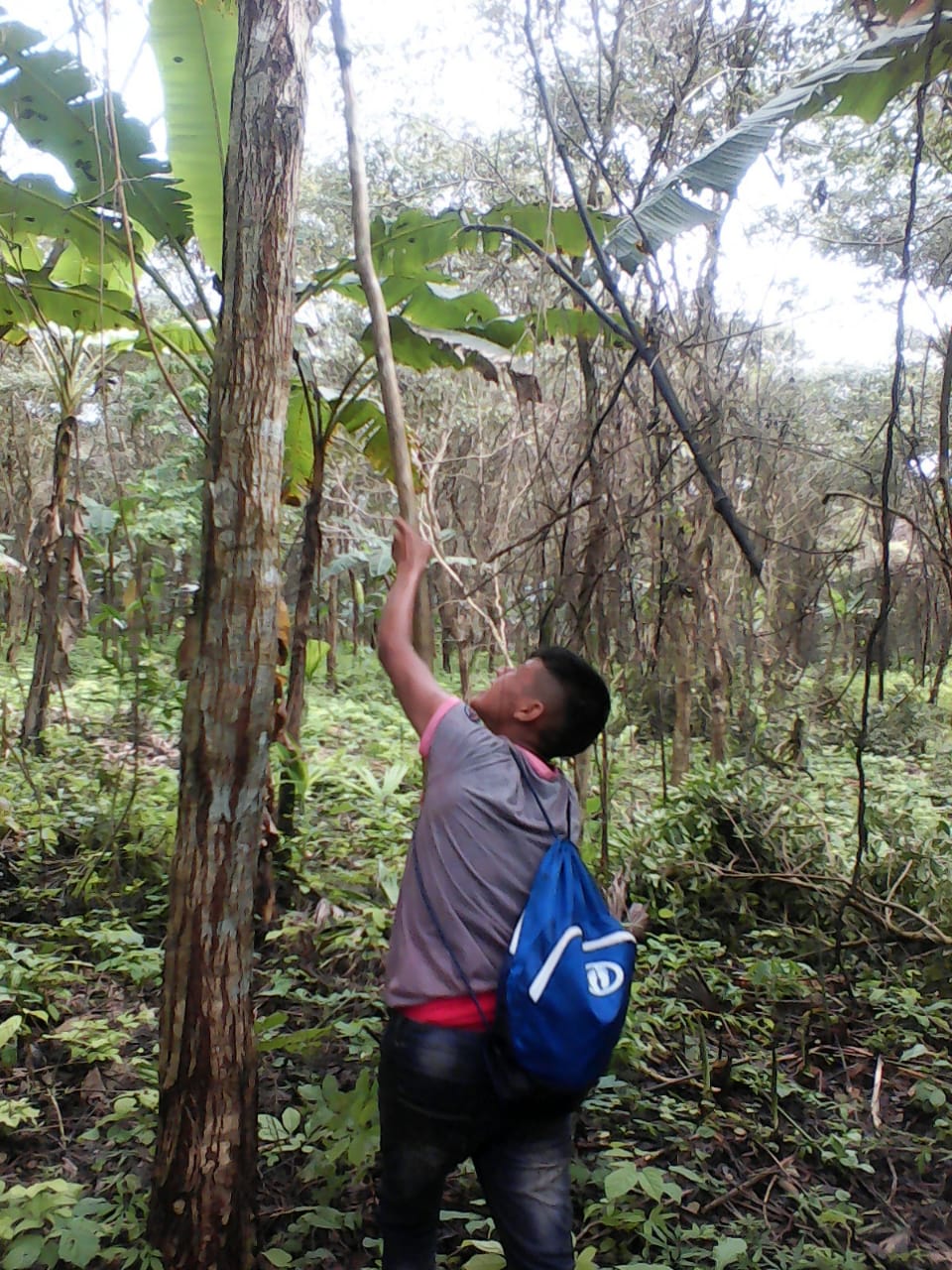Tree nurseries in Panama - our experience
/Women sorting saplings for the 2012 planting in Arimae
We recently read about a new 1 million unit tree nursery the Panamanian government set up to provide seedlings for the reforestation of the Azuero province. The nursery is part of a pledge announced last year by MiAmbiente to reforest 1 million hectares of land in Panama.
The lack of details in the article open up broader questions about how Panamanian government is executing on its pledge, but we are most interested in who will be buying the seedlings, where they will be planted, and how they will be cared for.
We had the opportunity a few years ago to set up and manage a 6,000 seedling nursery with our community partners in Arimae, and learned a few things that might offer context on this effort.
There is low demand from the ranchers and farmers for the seedlings - even if given away for free.
Most Panamanian farmers/ranchers are familiar with a number of native species and are adept at collecting and growing seedlings by themselves.
There are a number of commercial nurseries that can produce significant amounts of seedlings for reforestation - even native species.
Nurseries can be expensive to sustain and haven’t had great success in being run by the Panamanian government.
The first year of our nursery was successful because the nursery had a committed buyer: Planting Empowerment purchased the majority of the seedlings and the community used the rest for a community rosewood (cocobolo) plantation. Sources of seeds for the nursery were scouted by our forest technician at the time - Jose Deago - who happened to be Panama’s leading expert on the topic.
The first year was also the nursery’s best year. The next year, production fell by half after we adjusted down our planting. Additional buyers for the seedlings were non-existent, even though the seedlings were high quality, adapted to local conditions (local seed sourced) and produced using the tray/tube system instead of the heavier plastic bags. Community members were interested in free seedlings, but not willing to pay the $.50/seedling costs to make the nursery sustainable. The community dismantled the nursery in the 3rd year.
Our other experiences with tree nurseries demonstrate that it’s a tough business and you really have to know what quality you’re going to get. For one of our first farms planted in 2008 we sourced some of the seedlings from a government nursery. About half of seedlings were high quality, but the rest were unusable because they were at least a year old and too mature to be planted out. For subsequent plantings, we purchased seedlings from some of the many commercial nurseries that supply the large plantation companies and the nursery at the Smithsonian Tropical Research Institute (which has subsequently closed, too).
We wish this new project by the government success because Panama needs reforestation and nurseries will need to produce the seedlings for a portion of this. We are also supportive of the native species focus of the reforestation effort. However, we hope the government might learn from past initiatives, and Planting Empowerment’s experiences, in order to make their investments in reforestation more economically viable.




